I need to perform some inferences on a Bayesian network, such as the example I have created below.

I was looking at doing something like something like this to solve an inference such as P(F| A = True, B = True). My initial approach was to do something like
For every possible output of F
For every state of each observed variable (A,B)
For every unobserved variable (C, D, E, G)
// Calculate Probability
But I don't think this will work because we actually need to go over many variables at once, not each at a time.
I have heard about Pearls algorithm for message passing but am yet to find a reasonable description that isn't extremely dense. For added information, these Bayesian networks are constrained as to not have more than 15-20 nodes, and we have all the conditional probability tables, the code doesn't really have to be fast or efficient.
Basically I am looking for a way to do this, not necessarily the BEST way to do this.